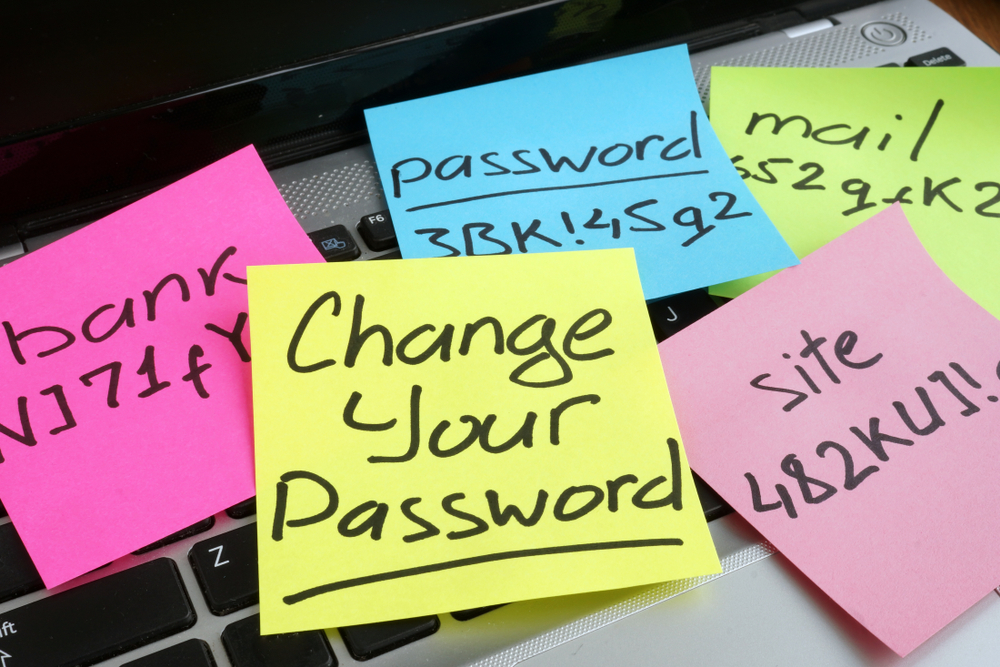Passwords have become an essential aspect of our online lives. Whether you’re banking, shopping, or accessing your email or social media accounts, you need a password that’s not easily guessable. Therefore, it’s crucial to come up with a secure password that hackers cannot crack. Unfortunately, despite the surge in cybercrime, most people still opt for easy-to-remember passwords that make them vulnerable to cyber-attacks. This guide will not only help you improve your password creation but also offer practical solutions for securing them.
Create Strong Passwords
The success of your password’s security depends on its complexity. Strong passwords are harder for cybercriminals to guess, so it’s crucial to create long and complex passwords that follow the following best practices:
- Use a combination of uppercase and lowercase letters, numbers, and special characters.
- Avoid personal information such as birthdates, pet names, and anniversaries. These are easy-to-guess passwords that hackers can easily access.
- Consider using password managers. These are online tools that generate complex, secure passwords, and store them for you. You only need to remember one password for your manager account.
Update Your Passwords Regularly
Hackers often try to guess commonly used passwords. Therefore, it’s crucial to change your passwords frequently. It is recommended that you change your passwords every three to six months. This can reduce the risk of hackers accessing your account even if they’ve breached your password.
Use Multi-Factor Authentication
Multi-factor authentication adds an extra layer of protection to your passwords. A good example of multi-factor authentication is the One-Time Password (OTP). After entering your password, you receive a code on your phone, which you enter to successfully log in. If an attacker breaches your password, he/she still needs your phone to access your account.
Use Different Passwords for Each Account
Using different passwords for each account is a good practice that can significantly reduce the risk of hackers accessing your accounts. If you use the same password for each account, a cybercriminal who successfully breaches it can access all your other accounts.
Train Your Staff on Password Security Practices
It’s important to educate your staff on the importance of creating strong passwords and protecting them. Lack of proper staff training can result in decreased network security, leading to data breaches, malware attacks, and other cyber threats. Ensure that you conduct regular staff training and check that the staff is implementing the password guidelines rigorously.
Conclusion:
In conclusion, this guide offers essential best practices that can help you protect your online identity and secure your online accounts. By creating strong passwords, changing them regularly, using multi-factor authentication, and training your staff, your online accounts are safe from cyber-attacks. These best practices may seem tedious, but they’re essential in maintaining your online security. Remember that even with the best security practices, you can still fall victim to cybercrime. Therefore, ensure that you are constantly vigilant and take appropriate measures to protect your accounts from cybercriminals.






